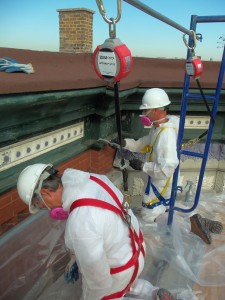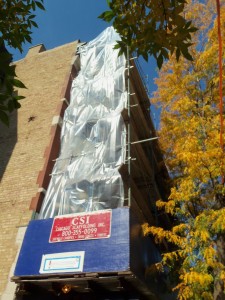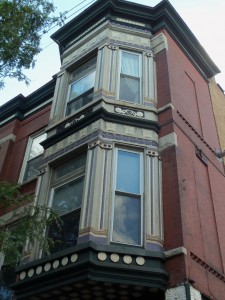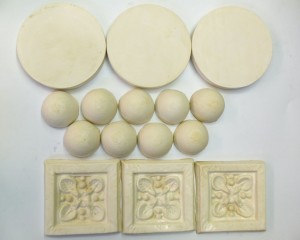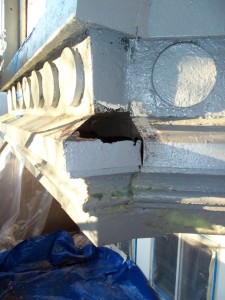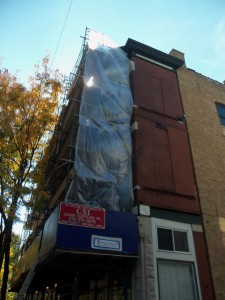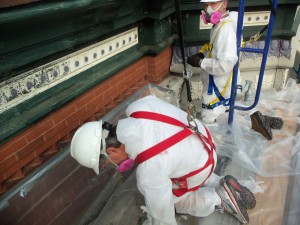This 1889 vintage Chicago building was in sore need of a historical paint makeover. The consensus among the owners of its ten condos was that the old color scheme did not do justice to the period, the style, nor the masonry materials of the building’s facade. The owners were unanimous in their desire to have a color scheme that flattered the beauty and history of their building.
We met twice with a committee of the owners most interested in being involved in the selection of a new color scheme. The first time we met was a fact-finding mission where we learned about the owners’ color likes and dislikes. We incorporated that feedback in developing a color palette that we felt would produce the desired result. To facilitate the communication with the owners, we prepared a sample board showing a mockup of key sections of the building using the six-color palette we were recommending. During the second color consultation, we went over the sample board with the owners. Based on the feedback we received, we made one change to the color scheme. We now had the green light to proceed!
Three hundred fifty hours of work later, the owners, neighbors and pedestrians in this busy neighborhood are now able to rejoice in the new period colors of this vintage building and have a renewed appreciation for the beauty of its Victorian period details. Here is what one of the owners had to say:
“The paint color palette turned out better then we could have hoped for. You and your wife were able to help our association come to an agreement on a historically accurate plan that incorporated all of our feedback in a matter of two meetings, something that would have taken us months to do on our own. The painted areas now complement and accentuate the beautiful stone and metal features of our building, instead of clashing like a sore thumb. In a neighborhood where many building owners have chosen to paint such metal features a uniform color, to save the effort and cost, our building is now a shining example of what these historic buildings can be. Given the feedback from the neighborhood, I hope our building will be an inspiration for others to make the extra effort to celebrate the unique architectural character and history of our community.”
Below are some before and after pictures of key portions of the building.







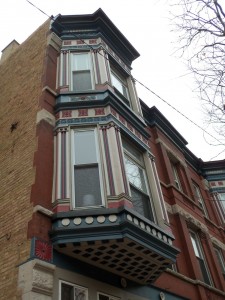
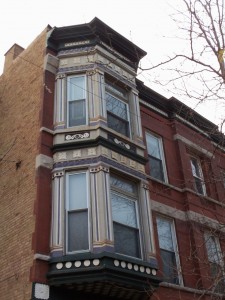
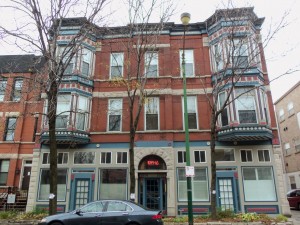
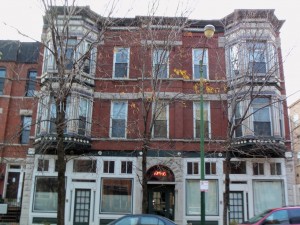
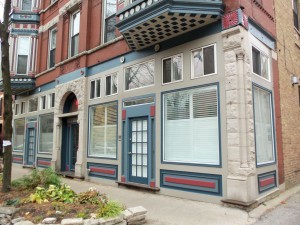
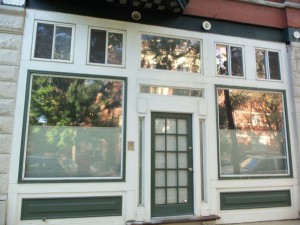
 Follow
Follow

